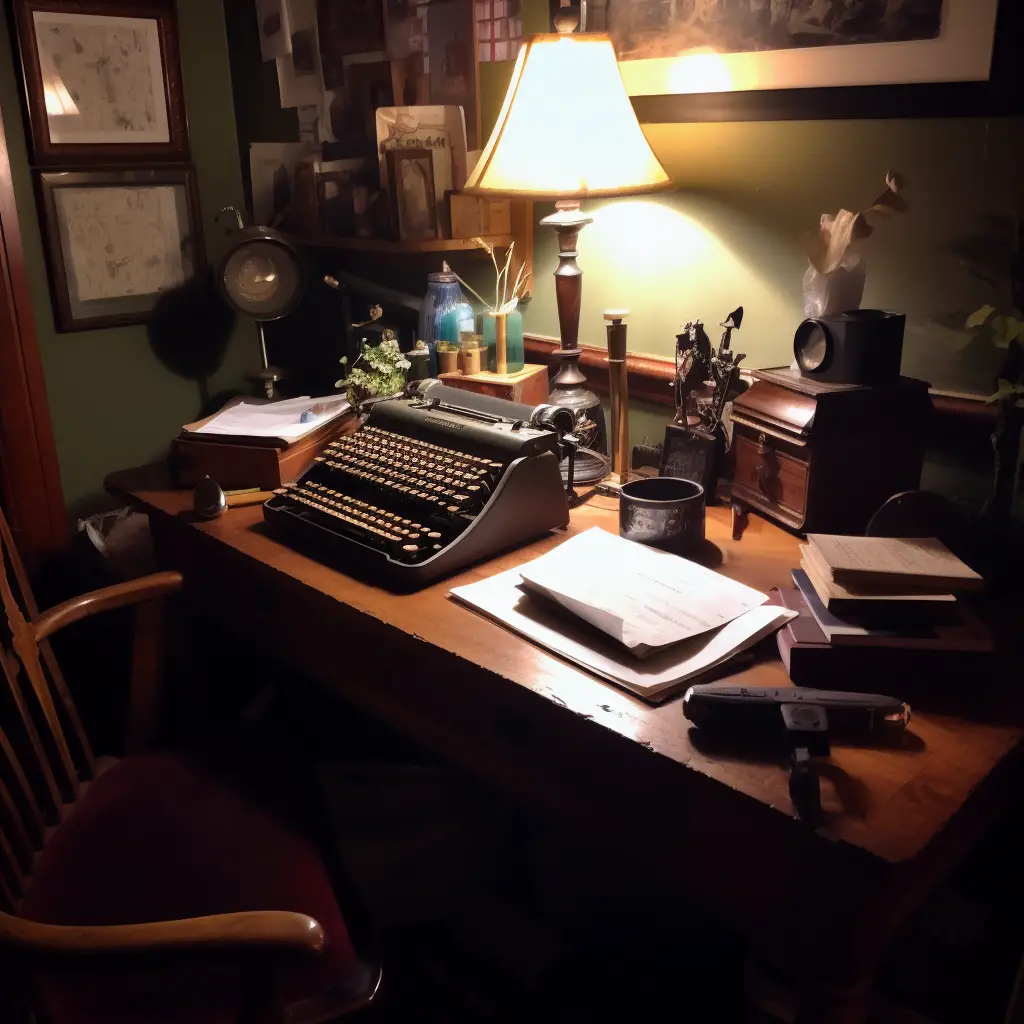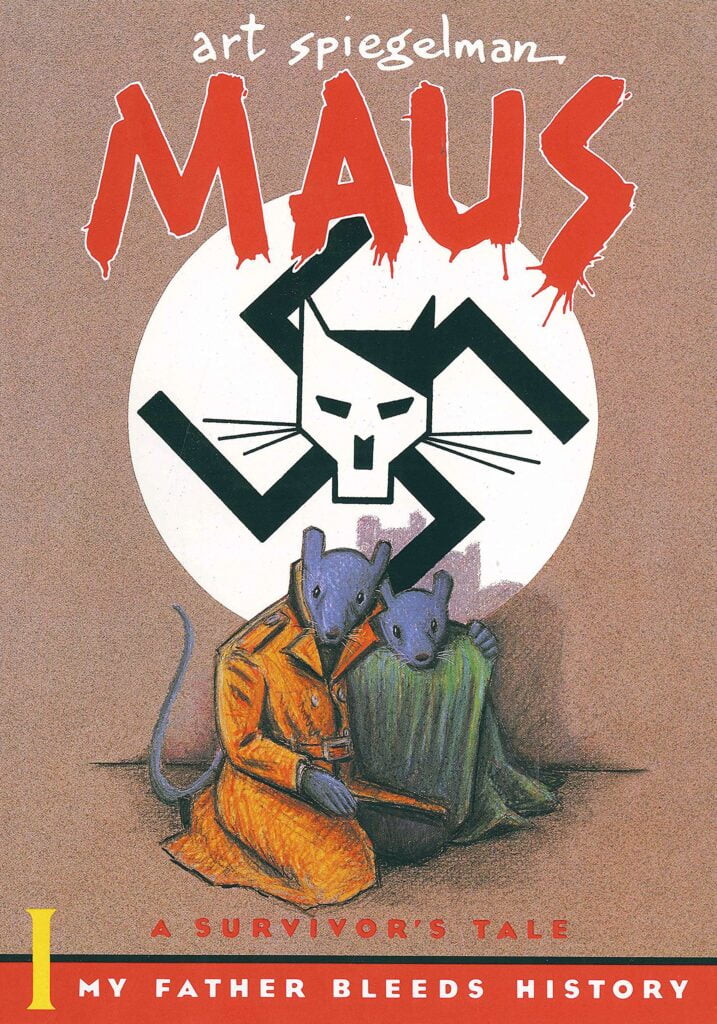
Allusion is a clever nudge, subtly referencing well-known people, events, or works, inviting readers to connect the dots and appreciate the hidden link.
Whether you’re a seasoned writer or just starting out, learning how to effectively incorporate allusions can be a game-changer for your writing. Allusions are indirect references that add depth, meaning, and a touch of sophistication to your work, helping you connect with your audience and showcase your literary prowess. In this article, we’ll explore what allusions are, why they matter, and how to use them like a pro.
So, are you ready to unlock the power of allusions and elevate your writing to new heights? Let’s begin our journey together!
What are Allusions, Anyway?
Let’s kick things off by defining what allusions are. They’re those sneaky, indirect references to people, places, events, or other literary works that can add depth and intrigue to your writing. Think of them as little Easter eggs for your readers to discover and savor!
Why Bother with Allusions?
You might be wondering, “Why should I even care about allusions?” Great question! Allusions are like secret weapons in your writing arsenal. They can:
- Add layers of meaning: Your work becomes richer and more engaging when you sprinkle in allusions, giving your readers a deeper understanding of your message.
- Connect with your audience: By using allusions, you can create a shared experience with your readers, building a bridge between your world and theirs.
- Show off your literary chops: Let’s be honest, who doesn’t like showing off their smarts? Allusions can be a subtle way to demonstrate your knowledge and impress your readers.
How to Use Allusions Like a Pro
Ready to level up your allusion game? Here are some tips to help you nail it:
- Know your audience: Make sure the allusions you choose will resonate with your readers. If your audience won’t recognize the reference, it’ll be like an inside joke that falls flat.
- Don’t overdo it: Allusions are like seasoning – a little goes a long way. Use them sparingly to avoid confusing or overwhelming your readers.
- Keep it subtle: The beauty of allusions lies in their indirect nature. Don’t spell everything out for your readers; let them discover and interpret the allusion on their own.
Allusion Inspiration
Now that you’re all fired up to start using allusions, where can you find inspiration? The possibilities are endless! You can borrow from:
- Literature: Classic novels, plays, poems, or even modern works
- Pop culture: Movies, TV shows, songs, and more
- History: Significant events, famous figures, or even lesser-known tidbits
- Mythology: Greek, Roman, Norse, or any other pantheon that tickles your fancy
Examples of Allusions in Literature
To truly appreciate the power of allusions, let’s take a look at some examples from well-known literary works:
- In “The Catcher in the Rye” by J.D. Salinger, the title itself is an allusion to the poem “Comin’ Through the Rye” by Robert Burns. This reference adds layers of meaning to the novel’s themes of innocence and adolescence.
- In “To Kill a Mockingbird” by Harper Lee, the character of Atticus Finch alludes to the mythological figure of the wise centaur Chiron, who taught heroes like Achilles. This allusion highlights Atticus’s role as a mentor and moral compass.
- In “Brave New World” by Aldous Huxley, the title is an allusion to Shakespeare’s play “The Tempest.” The phrase “brave new world” comes from a line spoken by Miranda, who marvels at the new people she encounters. Huxley’s allusion points to the artificial nature of the society he envisions.
Allusions in Your Everyday Life
You might be surprised to discover that allusions are everywhere, even in your day-today life! Keep an eye out for these sneaky references in:
- Advertising: Advertisers love using allusions to connect with their audience and create memorable messages. From the Energizer Bunny’s allusion to the Duracell Bunny to Nike’s iconic slogan “Just Do It,” allusions are a powerful tool in the world of advertising.
- Movies and TV shows: Writers often use allusions to pay homage to other works or to create a sense of familiarity for viewers. For example, many movies and TV shows reference Shakespeare’s works, like “10 Things I Hate About You,” which is a modern adaptation of “The Taming of the Shrew.”
- Social media: Allusions are alive and well on social media platforms, where users often reference memes, pop culture, and historical events in their posts and comments. Keep your eyes peeled for allusions in your feed, and you’ll start noticing them everywhere!
Allusion Pitfalls to Avoid
Before you go allusion-crazy in your writing, keep these potential pitfalls in mind:
- Obscure references: While it’s tempting to show off your extensive knowledge, using overly obscure allusions might alienate your readers. Aim for a balance between the familiar and the unexpected.
- Allusion overload: Remember, less is more when it comes to allusions. If your work is packed with references, it can become difficult to follow and distract from your main message.
- Cultural sensitivity: Be mindful of the cultural context when using allusions, and avoid references that could be offensive or inappropriate for your audience.
Final Thoughts on Allusions
And there you have it, folks! A deep dive into the enchanting world of allusions. Now it’s time for you to harness their power and spice up your writing. Just remember to use them wisely and with a dash of finesse.
In the words of the great William Shakespeare (yes, that’s an allusion), “All the world’s a stage, and all the men and women merely players.” So go forth and make your writing performance one for the ages with the help of allusions!
If you’re thirsty for more writing knowledge, head over here to learn all 74 literary devices.





